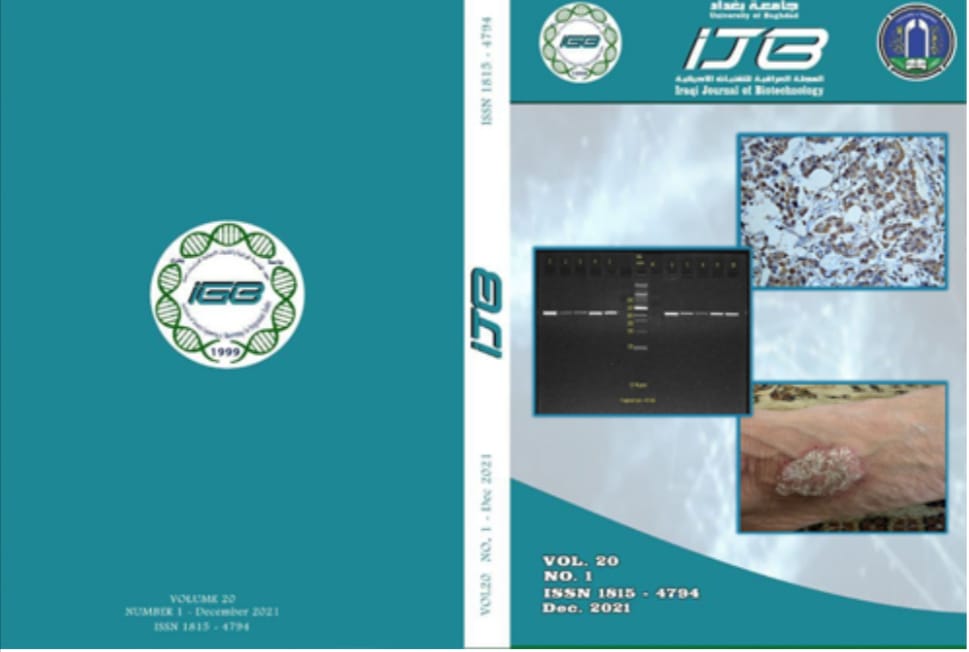Molecular Study of Malassezia furfur Isolated from Pityriasis Versicolor Patients
Abstract
Humans´ skin is the largest organ of the integumentary system; it has multiple layers of ectodermal tissue and guards the underlying muscles, bones, ligaments and internal organs. Pityriasis versicolor is the prototypical skin disease etiologically connected to Malassezia species. The large sub unit (lsu) gene is now perhaps the most widely sequenced DNA region in fungi. To identify Malassezia furfur associated with pityriasis versicolor patients and healthy control by using molecular detection methods. Sixty patients suffering from pityriasis versicolor disease who attended Imammian kadhamain Teaching Hospital and one hundred control individuals were randomly selected from (entities, primary and secondary schools) for a period of six months. Clinical diagnosis was done by consultant dermatologist. Forceps and surgical blades were used for skin scrapings collection. Direct and indirect methods were applied for diagnosis. Malassezia furfur was not grown on Tween 60 esculin agar, whilst it was grown on assimilation test of Tweens (20, 40, 60 and 80) containing SDA and pigment induction medium. In successful singleplex PCR reaction, the lsu gene product of 580 bp molecular weight was observed. Upon stratification of the M. furfur according to the gender in pityriasis versicolor patients and control groups. M. furfur was the most frequently isolated in males, with a percentage of 65% and 73.10%, respectively. As a conclusions from these findings, it was suggested that pityriasis versicolor was more infection in male than female. Also the chest was the most infected lesions associated with Malassezia furfur.


